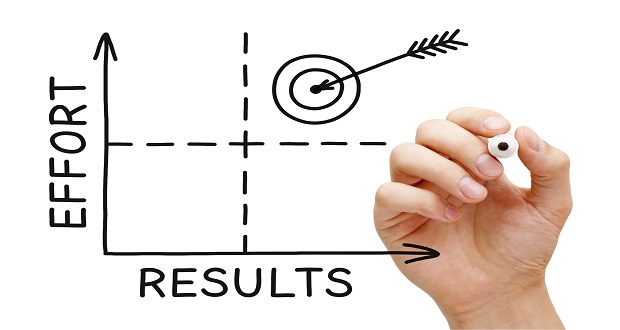
Maybe you have heard some of the phrases that are used to describe corporate diversity and inclusion training such as “one and done” or “the car wash approach”. One and done means that you do it one time, check the box and it is complete. The car wash approach similarly assumes that if you “wash the car”, that is really all it takes. Just about any profession where a competency is required, mandates ongoing training to keep the skills fresh. If we truly think that learning to effectively navigate across difference is a competency, then we need to think of how we educate around cultural competence. In last week’s post, I shared The 4E Model™, again which includes exposure, experience and education to get to effectiveness.
On the topic of diversity, inclusion and cultural competence, we operate much like the book title “All I Really Need to Know I Learned in Kindergarten.” I hear too often, “how hard can this be? It is not rocket science. Just treat everyone the way you want to be treated.” As we practitioners know the Golden Rule may not be sufficient. We need to advance to the “Platinum Rule” which advises that we treat people the way they want to be treated and the only way we will know this is if we study differences. How hard can it be? As we see from all of the global conflicts that are a result of our inability to understand differences to the tensions in organizations, it is REALLY HARD.
I am learning that it is really hard to get people to do the work. I conducted an Intercultural Development Inventory® (IDI®) Qualifying Seminar last week for a client. This two day session is the process to become certified in using the tool. There were numerous complaints about the amount of pre-work. Most thought there was too much reading required to prepare for the session. And these are people who presumably have a strong desire for self-development and to advance the work!
We are working with another client’s diversity and inclusion council to enhance their cultural competence with a very structured learning plan that includes virtual learning labs, reading, assessments and experiential learning. The process is that each month the group convenes virtually for one hour to experience the learning for that month. We are using a developmental approach which starts the learners at their current level of competency based on where they scored on the IDI. We are now starting to hear complaints that some members don’t want to read a book. They do not have time for such activities. I received an e-mail from my client which in part said, “I want to ensure that we are being good stewards of their time and interests.”
All I can do is to reiterate like a broken record, if you want to become competent in anything it takes time and practice but it is like I said in last week’s post, you first have to have the desire.
I guess I am naïve to think that just because I want to learn and grow as much as I can in cultural competency, that others see the value to do so as well. I have shared the steps as depicted below. The model looks easy, but as those who start on the journey soon find out it is not, and if we do not have the will to stay with it and do the work, we obviously won’t get the desired results…an inclusive world.




















One tidbit that I found interesting comes from the work of Malcolm Gladwell who studied what it takes to become the “best”. By this he meant musically like Ray Charles or the Beatles, athletically like Michael Jordon, an investment genius like Warren Buffet, etc. His number was 10,000 hours of practice. It’s a good benchmark that I suspect you have reached along with a relatively short list of colleagues. I also suspect that one must start with some gifts before engaging for 10,000 hours. That sounds like a lot until you see it as only about 1250 eight hour days. Thanks for being a best and continuing to contribute.